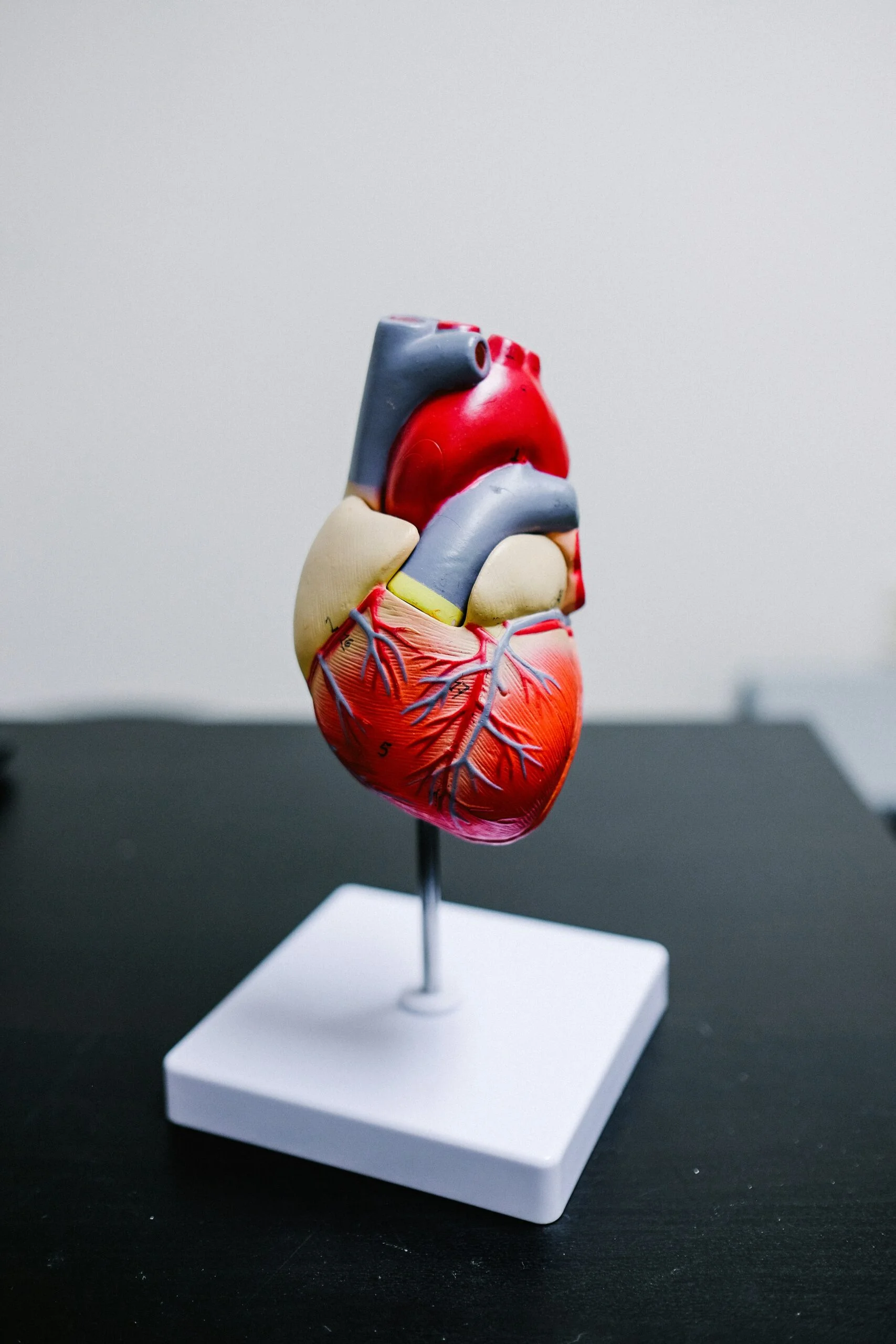“`html Introduction to Cardiovascular Diseases Cardiovascular diseases (CVD) are a class of disorders that affect the heart and blood vessels, posing a significant global health challenge. These conditions are complex and varied, encompassing a range of issues such as coronary artery disease, heart attack, stroke, and hypertension. The severity and prevalence of CVD globally necessitate …
Understanding Cardiovascular Diseases: Causes, Symptoms, and Prevention










